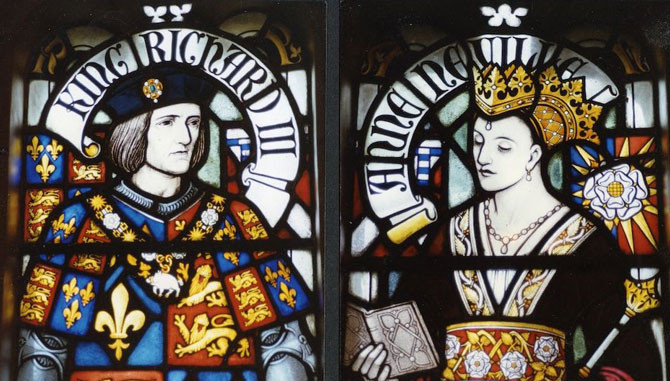By Neha Jain @lifesciexplore
For decades, the colonization of Madagascar has been one of the most puzzling mysteries of human history. Although Madagascar is only a few hundred kilometers from the east coast of Africa, the language spoken there, known as Malagasy, belongs to the same group of languages spoken in Southeast Asia and the Pacific Islands located thousands of kilometers away. This linguistic affinity suggests that Madagascar was colonized by settlers from Southeast Asia and the Pacific. Genetic and cultural evidence also support this theory. However, no concrete evidence has been found that points to the presence of Southeast Asian colonizers on the island. Now an international research team has found ancient Asian crops such as rice and mung beans as evidence of the presence of Southeast Asian settlers on the island.

Digging for Clues
In their quest to search for evidence, an international team of researchers examined ancient plant remains dating between 650 to 1200 CE from recent excavations at 18 sites located in Madagascar, the coasts of East Africa, nearby islands east of Madagascar, and the Comoros archipelago between Africa and Madagascar.
[tweetthis]Ancient rice and mung beans on Madagascar and Comoros suggest early colonization.[/tweetthis]
The researchers separated the sediment samples according to their sizes using a process called flotation, with which they added water to the samples and passed them through a sieve. Samples collected that were more than 1 mm long were probed for charred plant remains such as seeds and chaff, which were then identified to the species level.

The team found 2,443 crop remains that originated from either Africa or Asia. The mainland and East African islands contained mainly African products, which included sorghum, pearl millet, finger millet, baobab, and cowpea. They were most likely brought from Western and Central Africa by migrating groups from the Iron Age. In contrast, sites in Madagascar and the Comoros Islands were dominated by Asian crops consisting of rice, mung bean, and cotton from as early as the 8th and 10th centuries CE. Rice was the most common cereal found in nearly all the crop remains.
“What was amazing to us was the stark contrast that emerged between the crops on the Eastern African coast versus those on Madagascar,” says Alison Crowther, lead author of the study.
Interestingly, rice was not a staple food in the Middle East during the Medieval period, and mung beans, in particular, were not used in Islamic cuisine. So the combination of rice and mung beans was rare. However, rice and mung beans were common crops in the Indian subcontinent from 500 BCE to 650 CE and 650 CE to 1200 CE. Thus, the researchers believe it is possible that Indian settlers brought rice and mung beans to Madagascar and the Comoros, but no other Indian crops have been found to support this possibility. This suggests the introduction of rice and mung from elsewhere.




